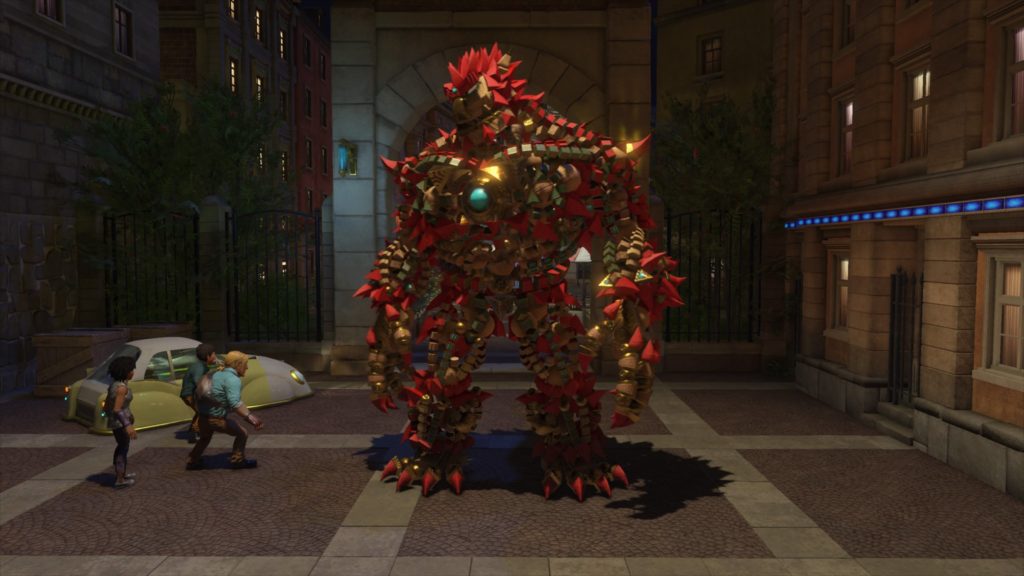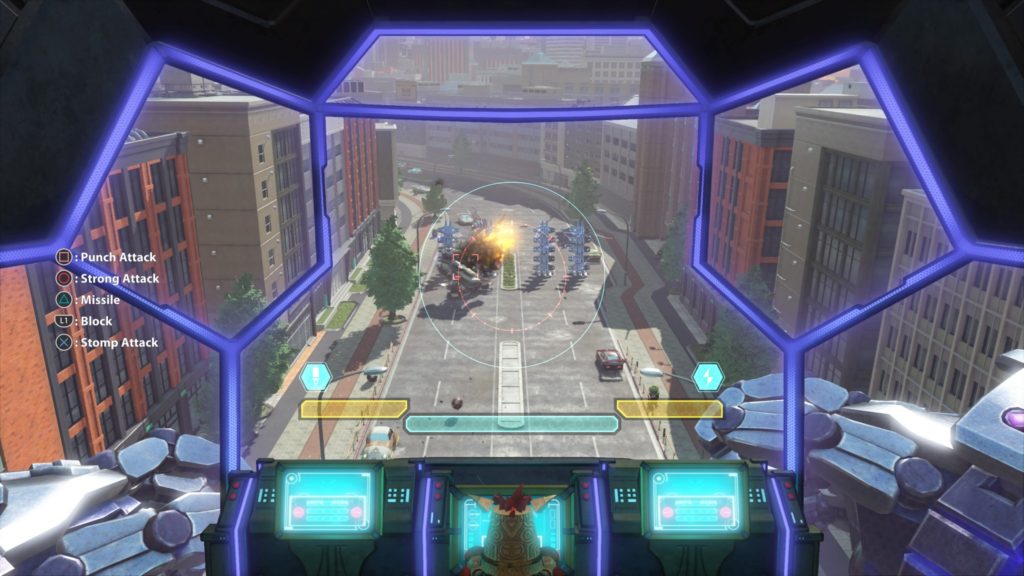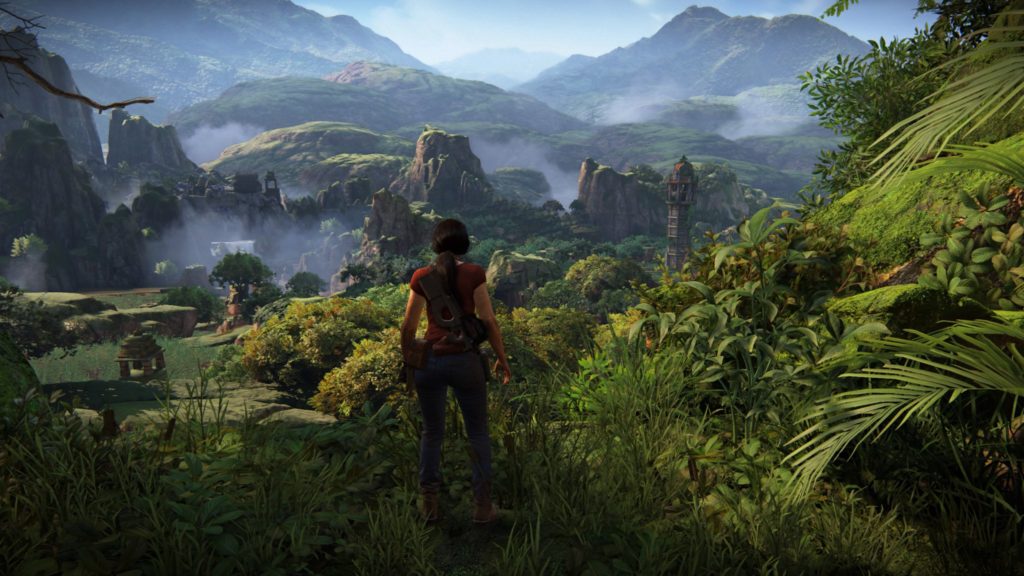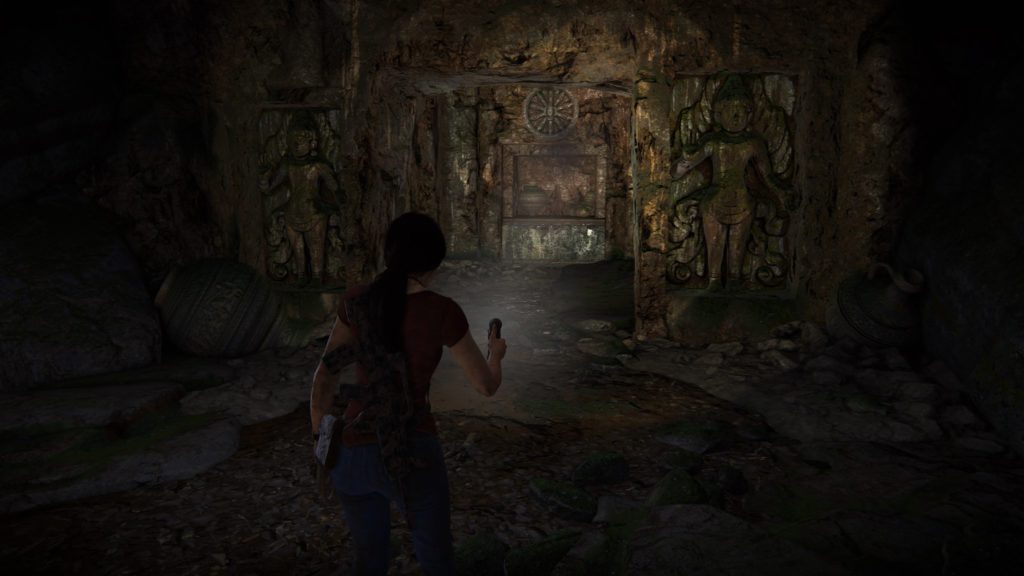- Genre: Action RPG
- Platform: PS4
- Also Available On: Vita, Steam (Windows)
TL;DR
- Great continuation of the Ys series, and one of the best RPGs of the year
- Fantastically fun action combat
- Serviceable story, but island systems that come out of it are great motivators for forward progress
The Ys series has routinely been a lot of fun, even if the actual releases have been extremely sporadic. In the past decade we’ve only seen Ys 7 and Memories of Celceta, and internationally speaking the release of Origin. However, the gameplay has continued to improve in quality, getting us to the point we’re at now. While this is still definitely a game that feels like it was made for the Vita, it moves up to the console quite well, keeping fast paced combat, a great soundtrack to back it, and some really good systems involving the growth and maintenance of a town. As usual, we’re left with Adol Christin being left in a bad situation, but this one works out as well as any game in the series before it.

Going into an Ys game, the combat is obviously going to be the core focus. The last few releases in particular have really strengthened their action RPG core, and VIII is no different. The basic combat system is a main melee button, four mappable skills on a regenerating resource, a dodge, and a jump. However, this simplicity hides a lot of depth. One of the biggest pieces of the core combat is the timing of dodges. When executed close to the point of taking damage, the game slows down the enemy combat, giving the player a period of time where they can lay into the enemy they’re facing with little risk of damage. On the other hand, if they time this with their skill activation button, they gain a damage blocking shield and increased critical damage for a short period. In addition, there’s a small weapon weakness system in place, giving the player an incentive to swap between characters to maximize damage, which can be done at any time with the press of a button.
Overall the system works really well to keep up the pace. When taking on trash enemies, I often found myself dancing around spamming abilities to hit packs at a time. When I moved up to larger enemies, it became a bit more of a tense chess match, where I’d lay off watching for reads on the enemy attack, then dodge and lay into the enemy while I had my small advantage window. This was particularly evident during boss fights, where damage tended to be pretty fair, but could very quickly stack up into trouble if I started getting sloppy with my dodges. There is a small wrinkle here where flashback sequences involving the title character Dana leave her to fight on her own. However, as the flashbacks progress, she gains the ability to change forms, giving her the effective weapon triangle in the past without having to worry about the lack of party members.
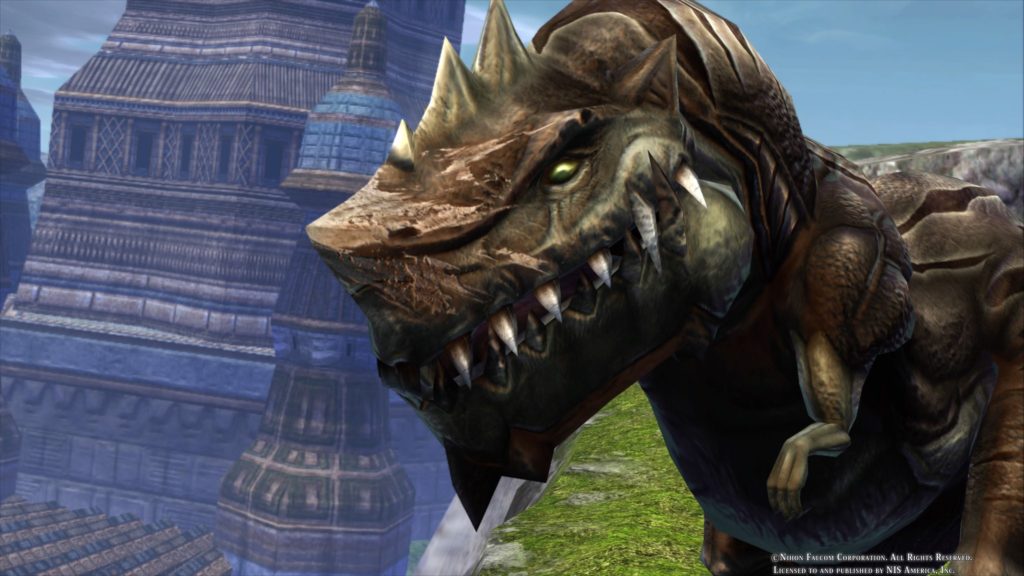
On the story front, things aren’t as great, but they’re serviceable. In general the story is pretty by the book. Adol and the ship he’s on run aground, get stranded on an island, and adventuring hijinks ensue. The cast all have their own motivations to getting off the island, but generally speaking they aren’t explored too much. The story around the title character Dana, and why Adol was having dreams about her goes a bit further, but mostly only to provide a bit of reason to move forward. However, because the story is so focused on survival and getting off the island, it forces the use of one of my favorite parts of the game, Castaway Island.
While you’re busy exploring the island of Seiren, you’re looking for a couple things; people and resources. Finding the members of the ship you were on allows the village to grow. Each person has their own little role to play. Some people join your party as combat members while others open up shops for gear and potions. Because the island is deserted there’s also no money system, so everything is received through a bartering system. This heavy use of resources found in the environment enforces a really strong need to explore every little corner of the world, finding points in the environment where resources can be gathered, or that specific monster you need to kill to get one last piece of hide to upgrade your armor. This system works fantastically well in practice, and provides a much more interactive system of gearing than your typical pattern of new town; new gear that so many RPGs fall into.
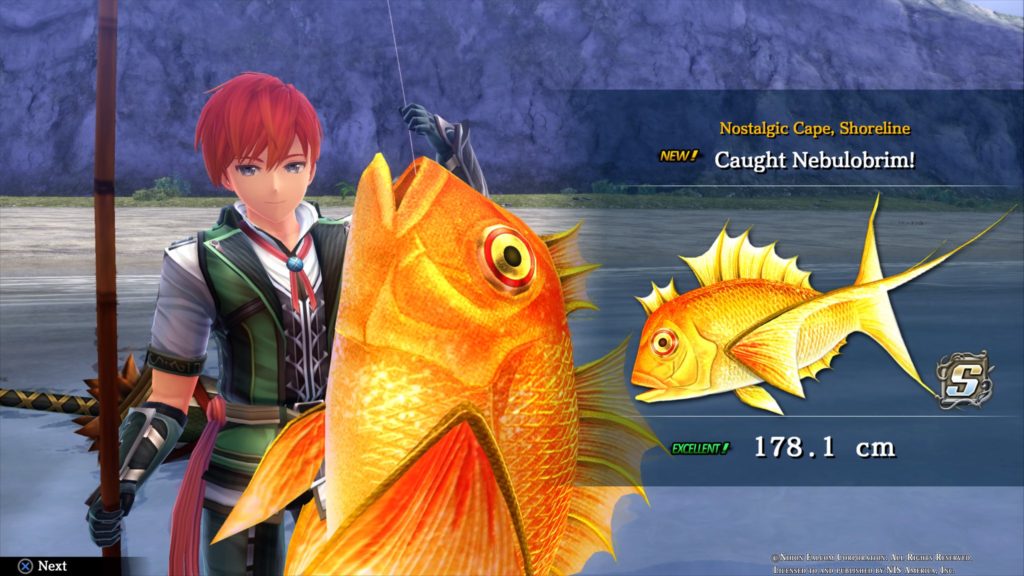
In any normal year Ys 8 would have been the type of game that would push to the top of my list of favorite games, and as it stands it’s easily one of the better RPGs I’ve played this year. The combat is fantastic, the story does well enough and pushes some great side systems, and the soundtrack really drives the game when it’s needed. While this definitely won’t appeal to the Final Fantasy audience, anyone who’s a fan of the Tales game is going to find a lot to like here.


